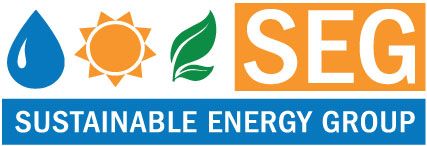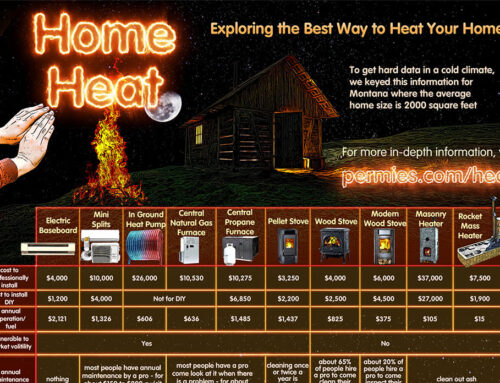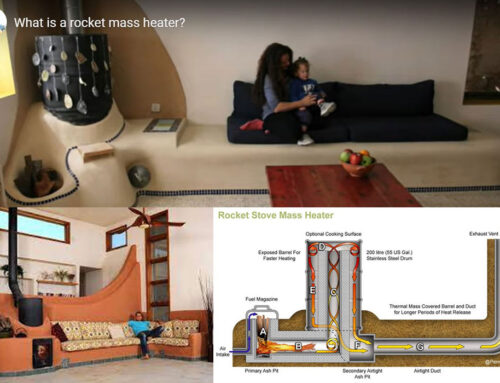The South Yuba Club’s Sustainability Strategy Saves $ and Shows Their Dedication to a Healthy Future
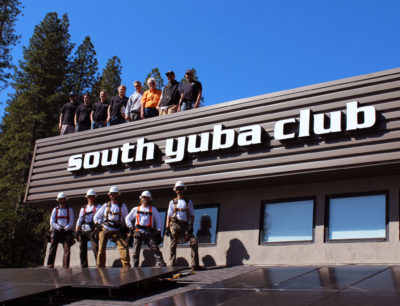

 In 2018, commercial buildings accounted for almost 20% of all energy used in the U.S. and accounted for approximately 17% of all U.S. CO2 emissions. They consumed 18.61 quadrillion Btu’s of primary energy, a 76% increase from 1980. To help address these issues, the South Yuba Club has made major strides to save energy and reduce their environmental impact.
In 2018, commercial buildings accounted for almost 20% of all energy used in the U.S. and accounted for approximately 17% of all U.S. CO2 emissions. They consumed 18.61 quadrillion Btu’s of primary energy, a 76% increase from 1980. To help address these issues, the South Yuba Club has made major strides to save energy and reduce their environmental impact.
The solar photovoltaic system completed in February 2020 is only the most recent and most visible upgrade the Club has made to their facility. Unbeknownst to most, the Club also implemented an extensive list of measures to not only improve energy efficiency, but health and safety too.
In this case, South Yuba Club created a healthier environment for people to get healthy in!
Having worked in the energy field for the past forty years, I applaud South Yuba Club for the monumental changes they’ve made to their facility. It is my hope that other local business and home owners will follow their example and join in on contributing to a more sustainable and resilient future, while saving money.
South Yuba Club:
- Replaced 100% of the old and outdated fluorescent lighting with the latest LED technology. LED lighting has a variety of benefits over fluorescent. For example, they can last 50,000 to 100,000 hours or more while fluorescent lamps last only 10,000 hours. LED’s are more energy efficient because they release less infrared radiation and they emit light directionally (180 degrees vs. 360 degrees for fluorescent). LED’s also produce higher quality light, closer to natural daylight, which benefits health and well-being. Lastly, because LED’s don’t contain mercury, they have less environmental impact than fluorescent lighting.
- Replaced all 17 outdated, old and less than 80% efficient heating units with 96% efficient units, reducing gas use by more than 17%.
- Installed all new air conditioning units and more efficient ducting. The more efficient air conditioning units reduced electricity use, and the ducting improvements reduced both heating and cooling energy use. Newer ducts have about three times as much insulation and, installing new ducts presents the opportunity to seal air leaks at duct connections, adding to energy savings.

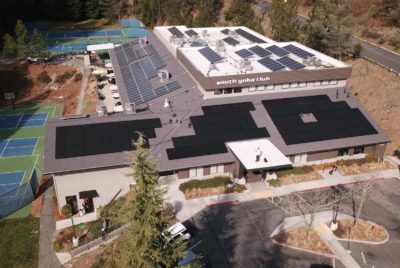

- Installed large ceiling fans to improve air circulation. By mixing the air from floor to ceiling there’s less stratification of air which in turn reduces energy use.
- Replaced the entire roof to improve building integrity and eliminate water intrusion. Water intrusion can not only damage the roof structure, it can also lead to mold growth which can contribute to unhealthy indoor air.
- Installed dropped ceilings where possible to reduce the volume of space needing heating and cooling.
- Installed extra insulation to reduce heat loss in overall building. Adding insulation in attic spaces is one of the most cost-effective ways to reduce energy waste, because it provides both heating and cooling savings all-year-round at a relatively low price.
- Installed an automatic door, reducing the amount of outside air entering the building as members enter and exit the building, in turn increasing energy savings from heating and cooling.
- Installed non-toxic floorings to improve indoor air quality. Toxic chemicals in flooring can be a significant source of indoor air pollution.
- Installed a ‘salt water’ pool water treatment system, reducing the amount of chlorine and chemicals needed to treat water.
- Installed a new ‘equipment room’ to house and protect all pool equipment, allowing for more frequent servicing. This helps assure the equipment is working as efficiently as possible.
- Installed new ‘backflow’ prevention devices in facility plumbing. These devices help to safeguard against the risk of contaminated water entering the fresh water supply to the building, ensuring the water supply into the building is safe and healthy.
- Installed a ‘low flow’ irrigation system to reduce water use. Water efficiency is important because our community is subject to drought. Reducing water usage helps make our community more resilient and able to meet everyone’s needs.
One remaining opportunity for energy savings is a pool cover, which Club Management is considering.
